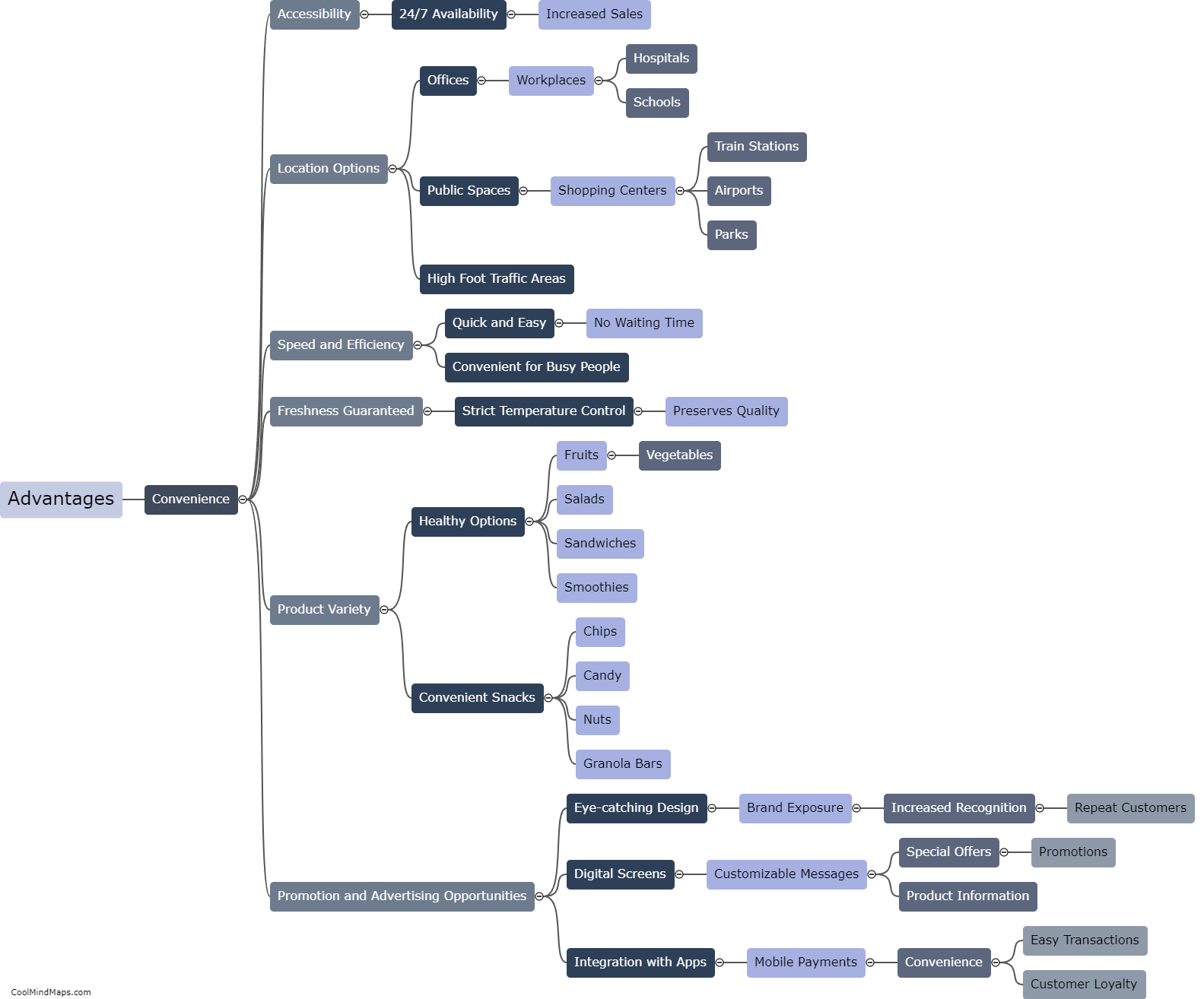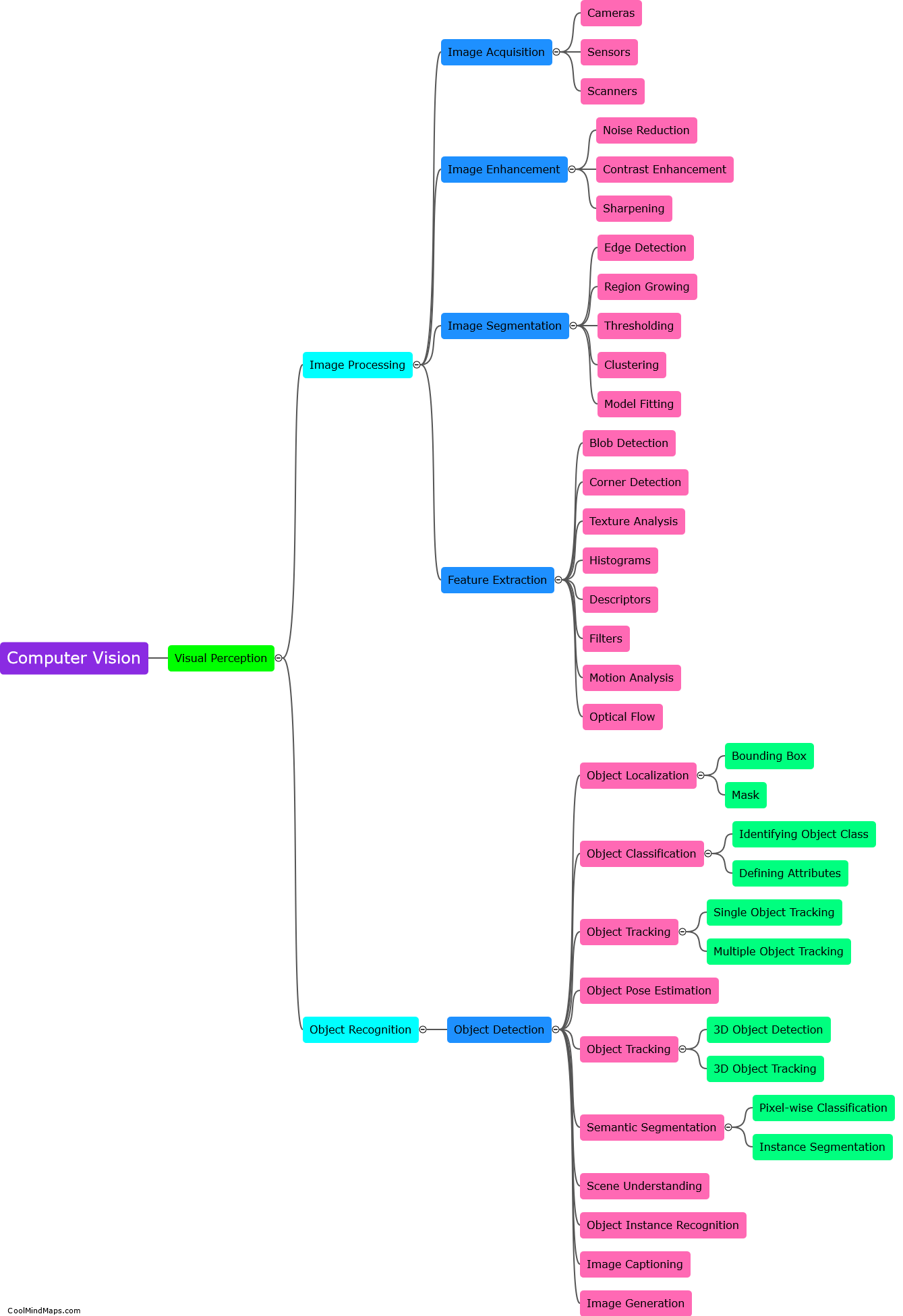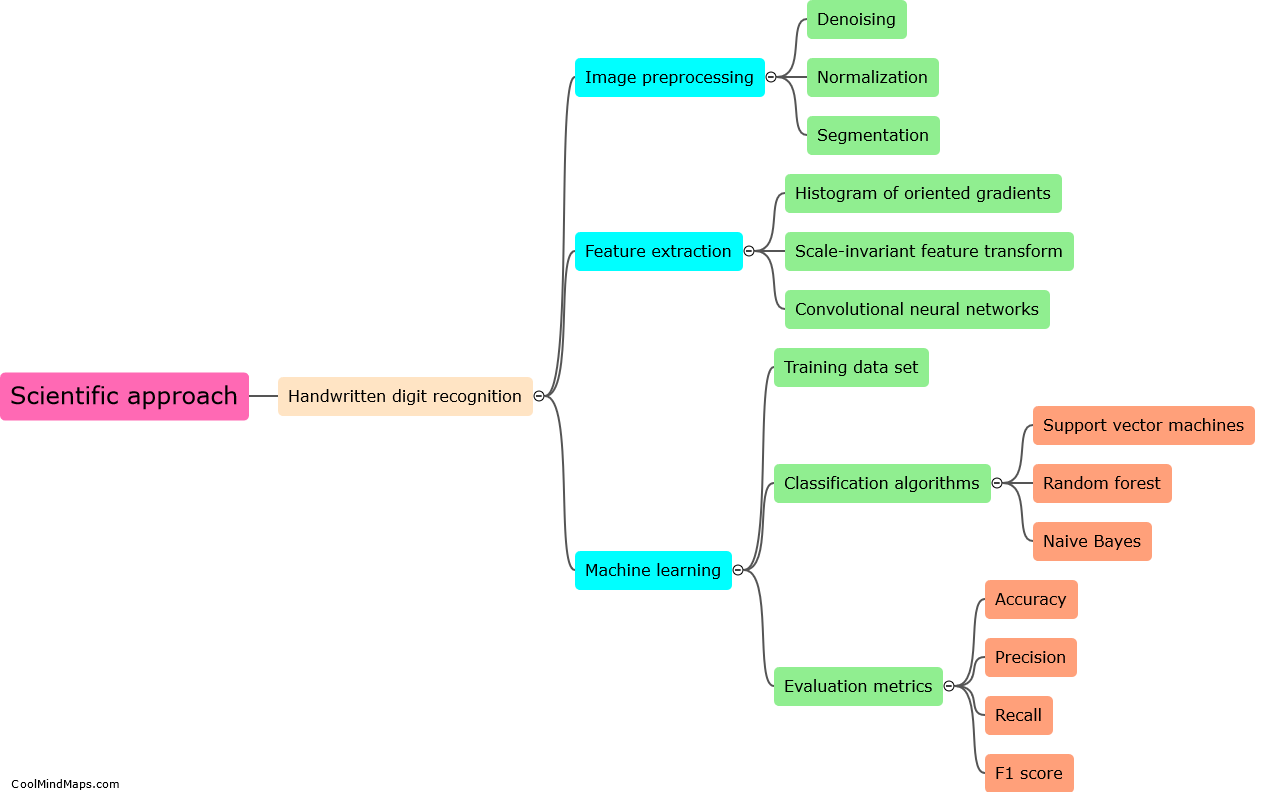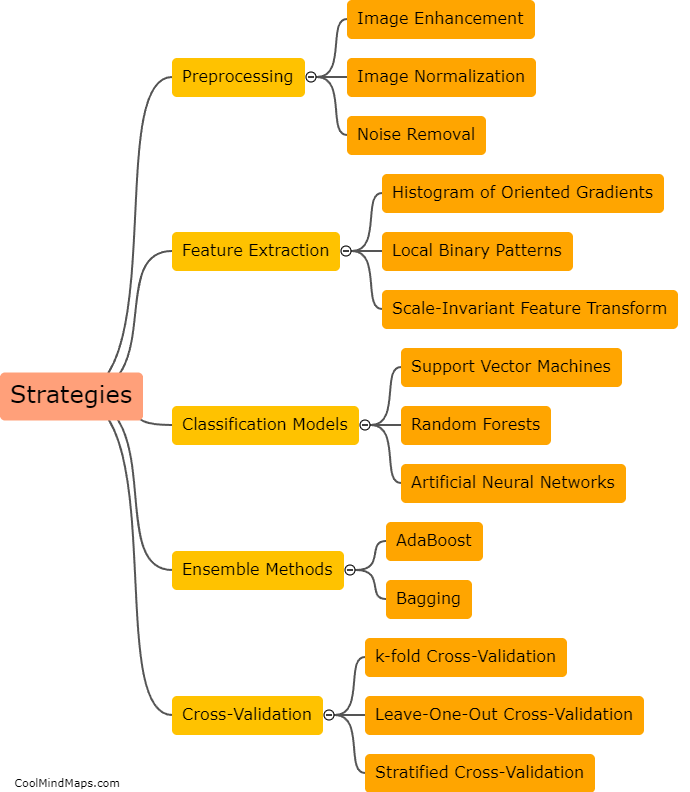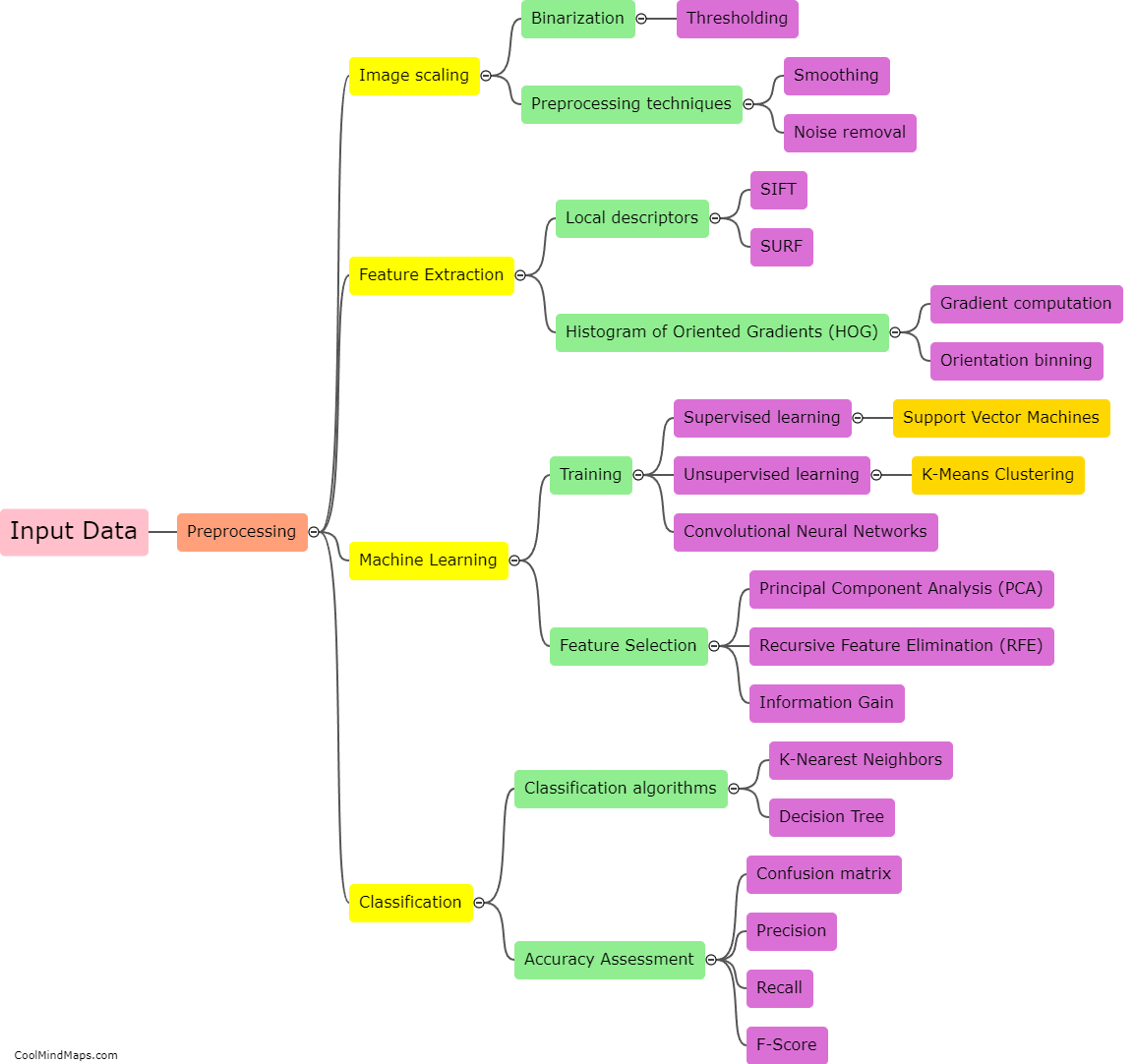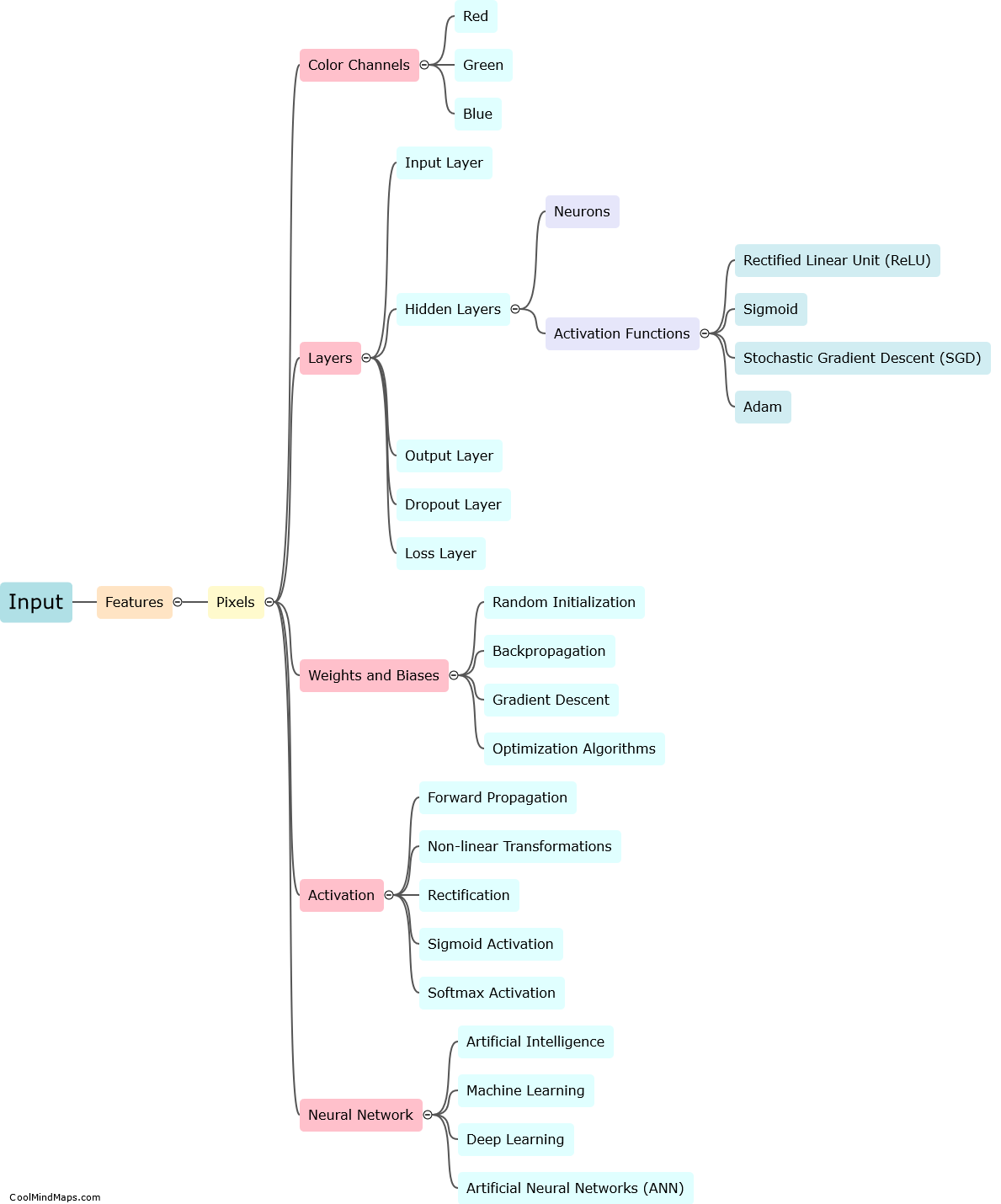What are the limitations of current scientific studies on handwritten digit recognition?
Current scientific studies on handwritten digit recognition face several limitations. One of the key challenges is the availability of large and diversified datasets. While there are databases like MNIST that provide a substantial number of handwritten digits for research purposes, they often lack diversity in writing styles, sizes, and variations. This restricts the effectiveness of models trained on such datasets in real-world scenarios where handwritten digits can vary significantly. Additionally, the lack of standardized evaluation metrics can make it challenging to compare the performance of different models and determine the most effective approaches. Moreover, the generalizability of models trained on one dataset to other datasets remains a concern, highlighting the need for studies that explore transfer learning and domain adaptation techniques. Finally, interpreting and understanding the inner workings of complex deep learning models used for handwritten digit recognition pose another limitation, as they are often seen as black boxes without easily interpretable features. Addressing these limitations will contribute to the advancement of more accurate and reliable systems for handwritten digit recognition.

This mind map was published on 20 August 2023 and has been viewed 100 times.


